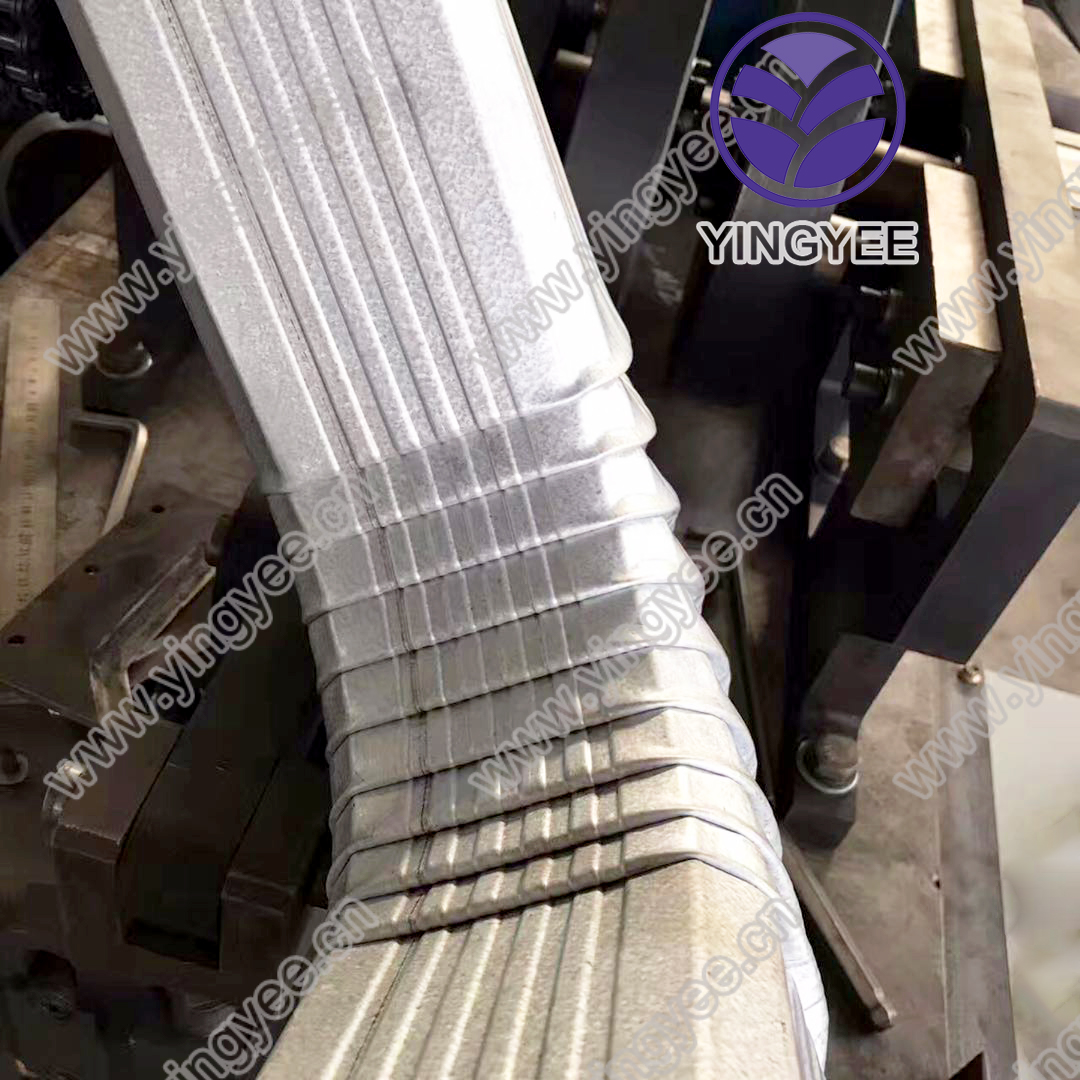
Understanding the Metal Sound Barrier Cold Bending Machine
In today's industrial landscape, efficiency and precision are paramount, especially in sectors that demand high-quality metal fabrication. Among the various tools and machines used, the metal sound barrier cold bending machine stands out for its specialized capabilities in shaping materials while maintaining their structural integrity.
The primary function of a metal sound barrier cold bending machine is to bend metals with minimal heat application. This process, known as cold bending, is advantageous as it does not involve the thermal alterations that can weaken the material. Cold bending allows manufacturers to create sharp bends and intricate shapes with precision, resulting in high-quality components that can be used in sound barriers, structural supports, and various architectural elements.
Construction projects, especially those along highways and railways, require effective sound barrier systems to mitigate noise pollution. These barriers are typically made from materials such as steel, aluminum, or specialized composites. The metal sound barrier cold bending machine plays a crucial role in fabricating these sound barriers to the specifications required for optimal acoustical performance. By enabling precise angles and smooth finishes, this machine ensures that the barriers not only perform well acoustically but also meet aesthetic preferences.

The operation of a metal sound barrier cold bending machine generally involves several key steps. First, high-quality metal sheets are fed into the machine, where they are securely clamped. Rollers and bending tools are then employed to shape the material according to the desired specifications. This process is often automated, allowing for higher production rates and minimizing human error. Additionally, advanced control systems monitor the bending process to ensure that every bend meets the design criteria.
One of the significant advantages of using a cold bending machine is the reduction in material waste. Traditional bending methods may require additional machining or finishing processes, but cold bending produces cleaner cuts and more accurately shaped pieces. This not only saves costs but also promotes a more sustainable manufacturing approach, which is essential in today’s environmentally conscious market.
In conclusion, the metal sound barrier cold bending machine is a vital piece of equipment in the metal fabrication industry, particularly for projects requiring sound attenuation solutions. Its ability to bend materials without compromising their integrity makes it invaluable in delivering high-quality, durable barriers that effectively serve their purpose. As technology continues to evolve, these machines will likely incorporate even more advanced features, enhancing their efficiency and precision in the years to come.